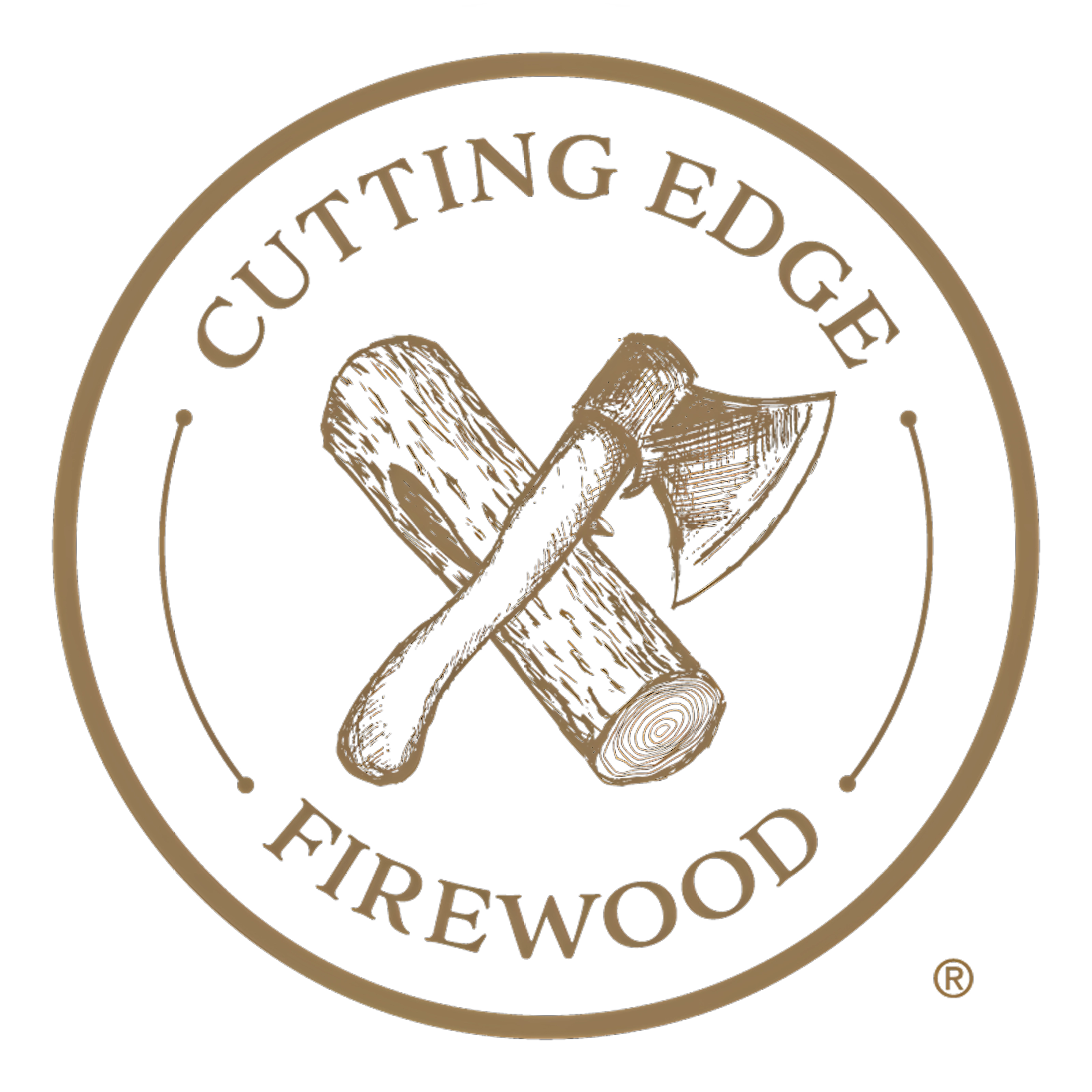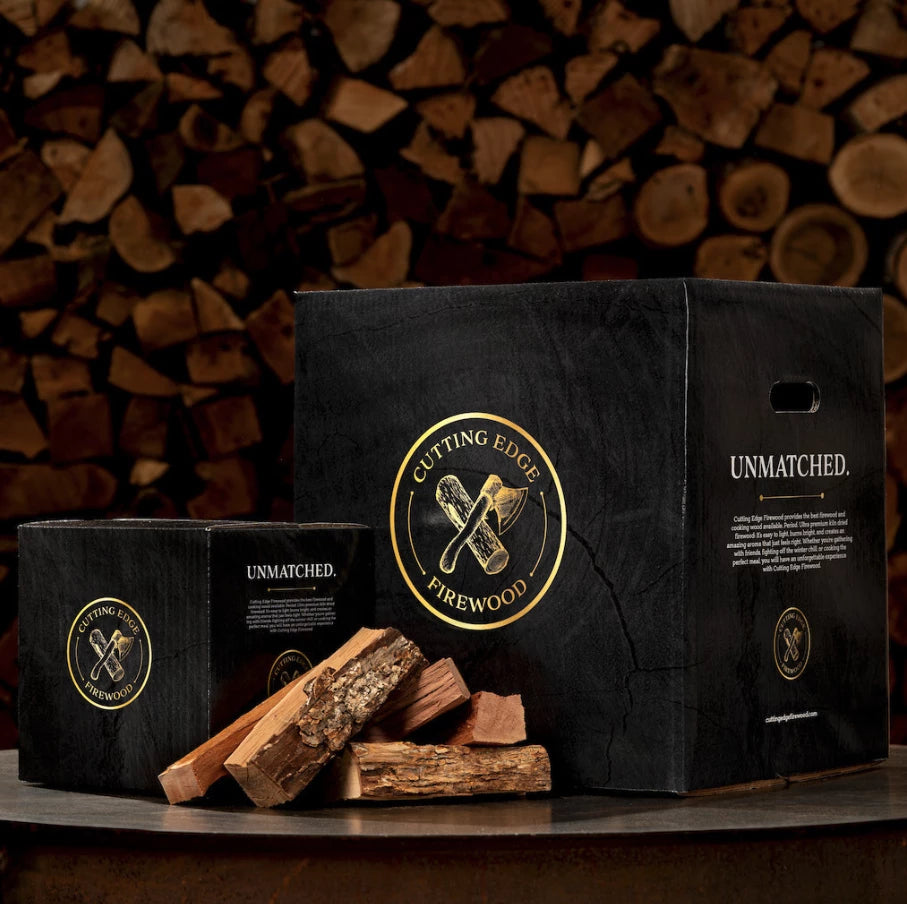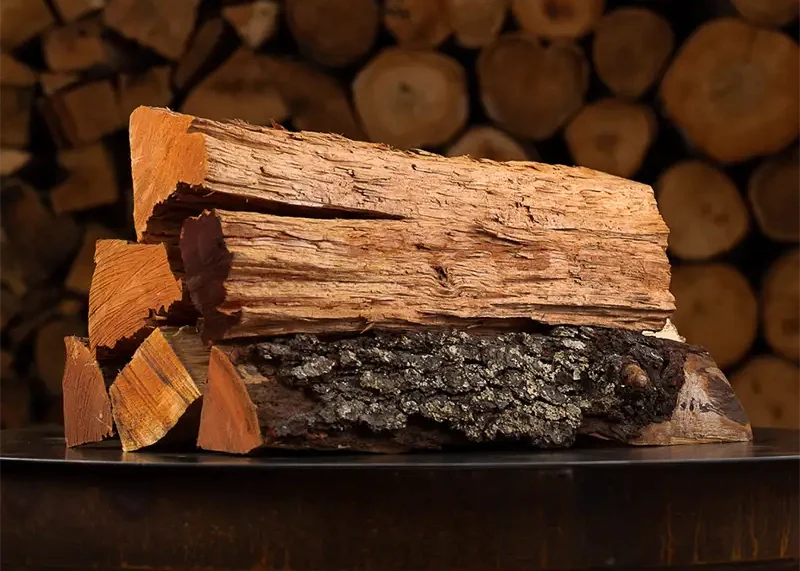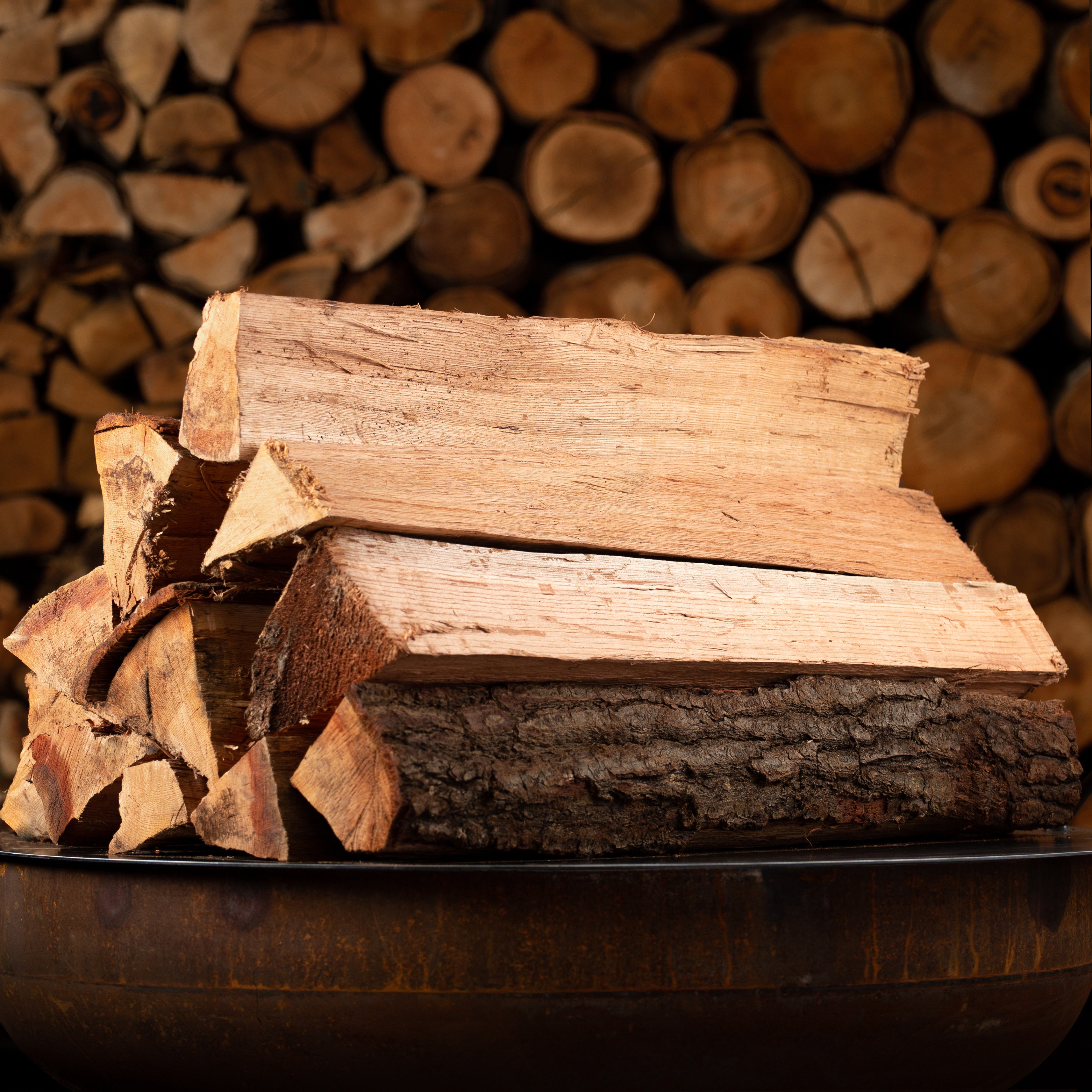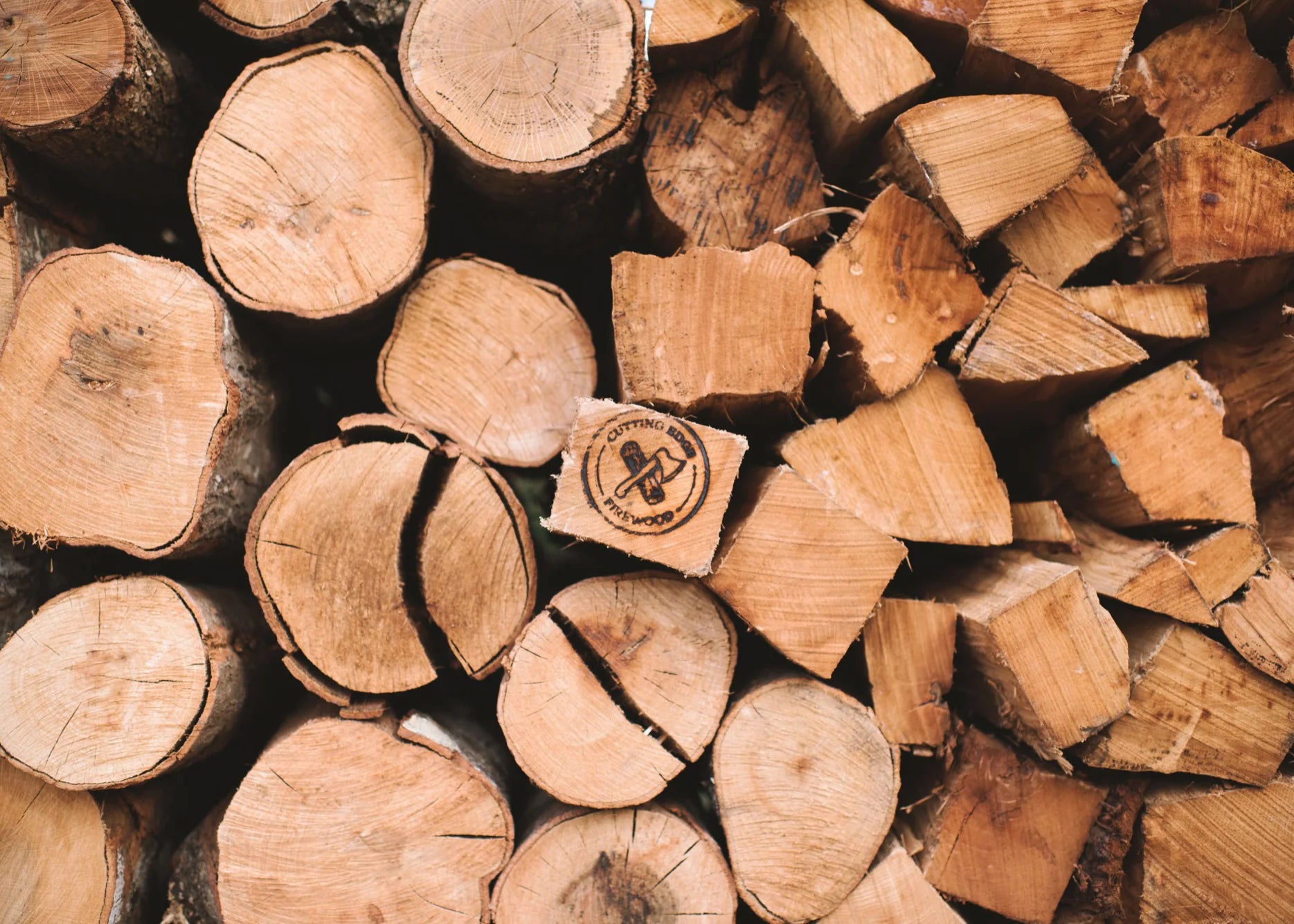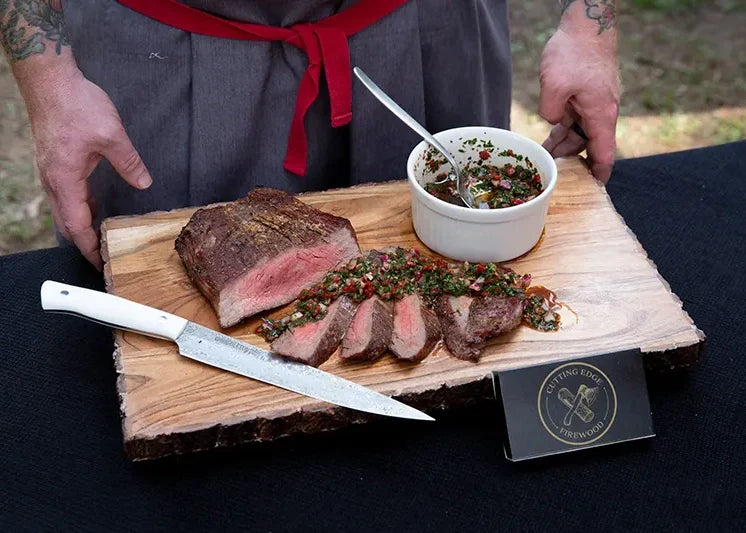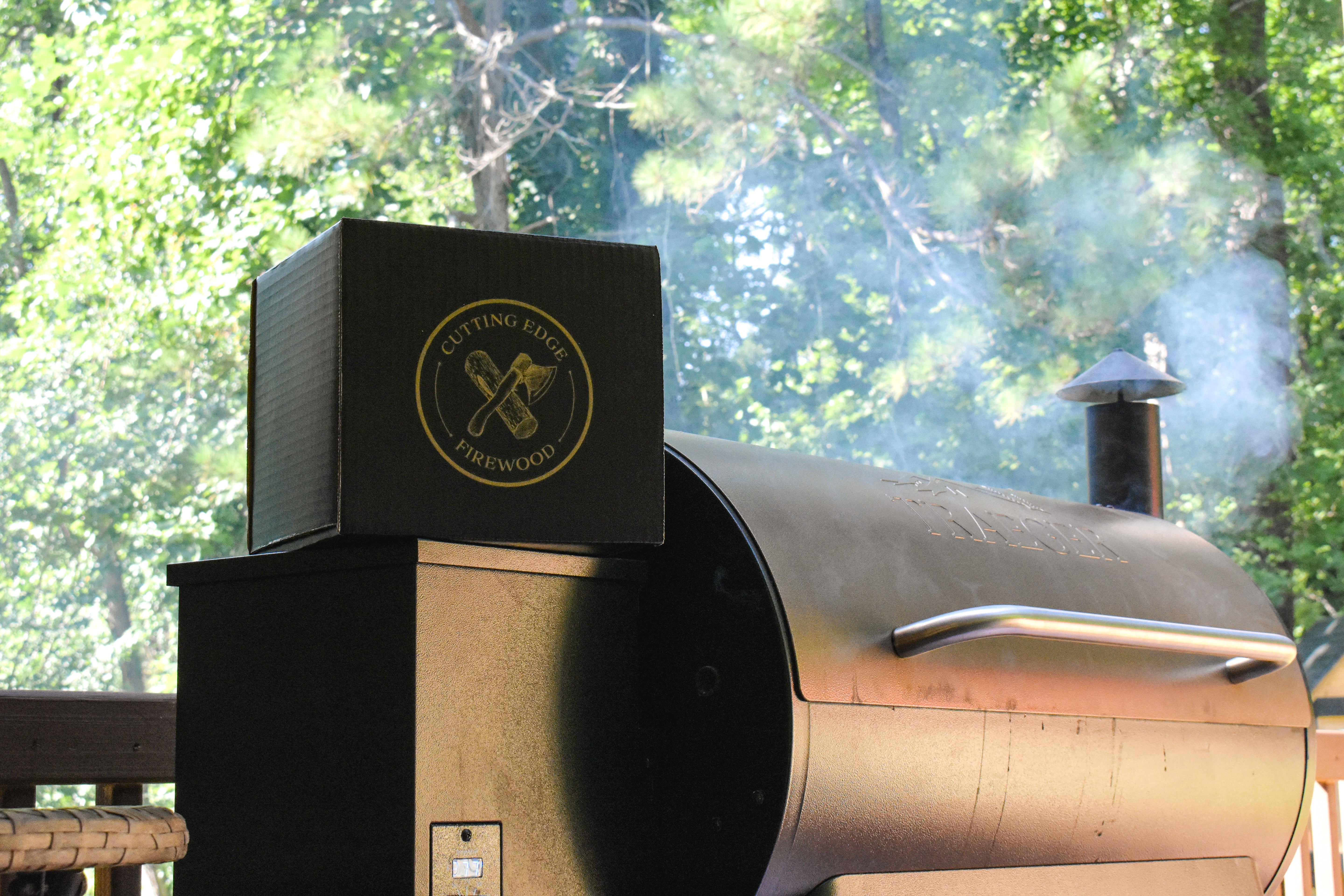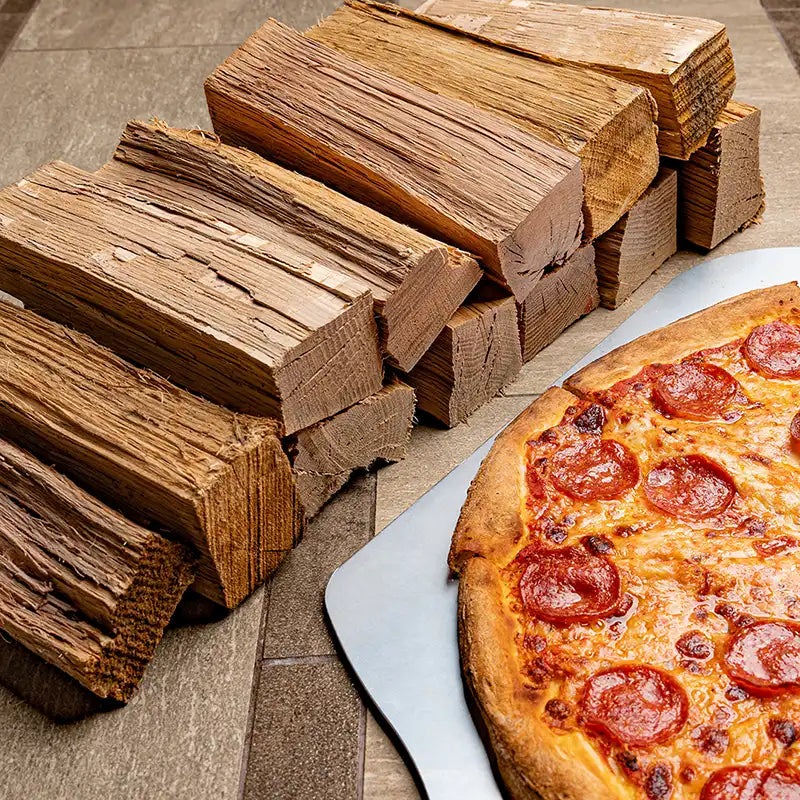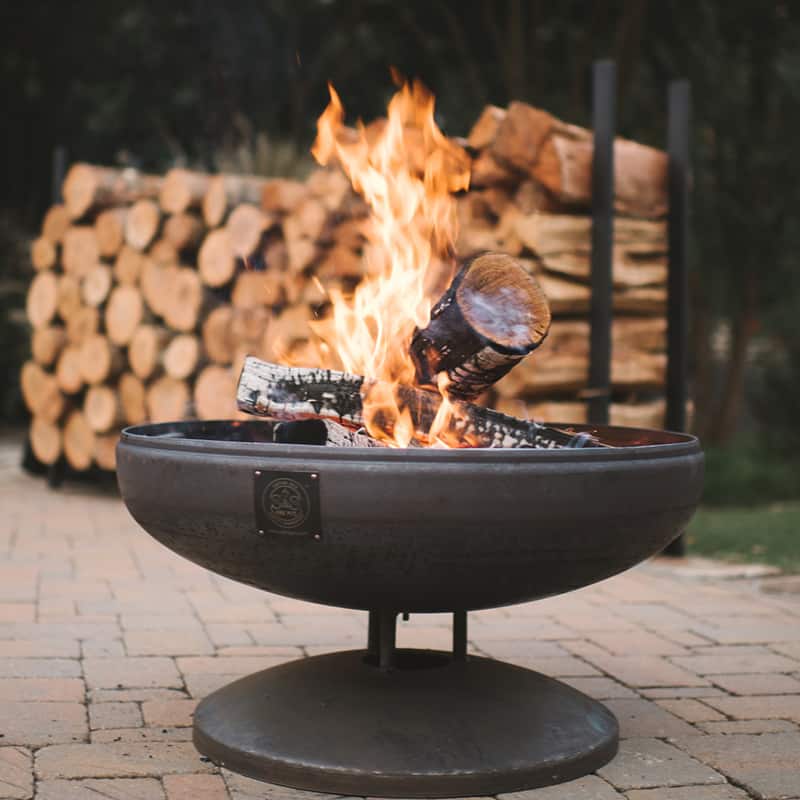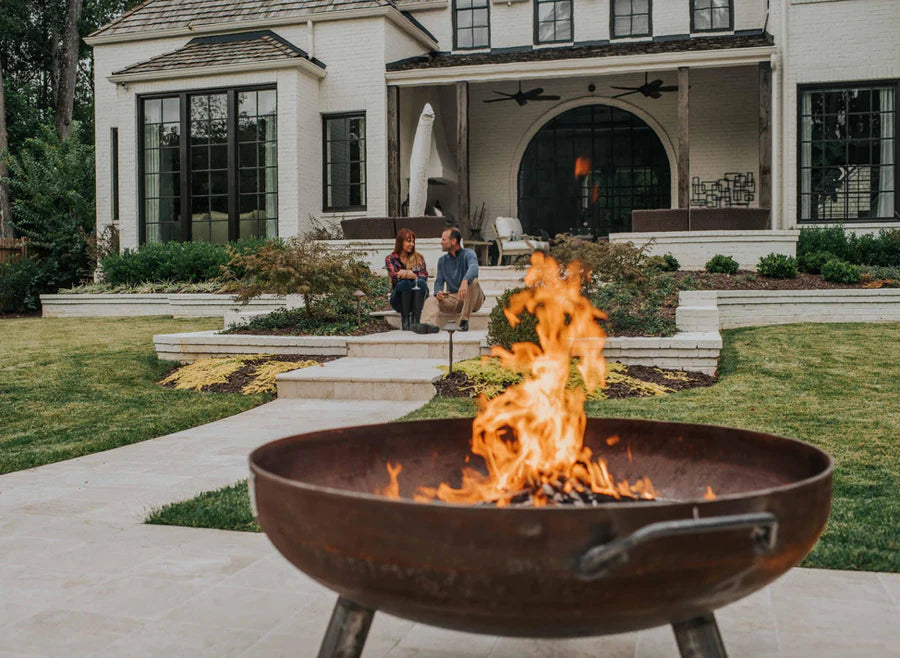A fireplace, when utilized correctly, not only enriches our spaces with warmth and an ethereal glow but also forms a focal point for gatherings. However, the beauty of the flames requires a harmonious blend of safety and awareness.
This guide illuminates the path to responsible and safe fireplace use, ensuring that each fire lit within your home is a testament to both luxury and safety.
Why Is Fireplace Safety Important?
Fireplace safety is the cornerstone of a serene and secure home environment. Preventing house fires is critical — a lapse in safety can lead to devastating consequences, turning
tranquil moments into perilous situations. Protecting the health of the people around us is also important.
A well-maintained fireplace mitigates the risk of harmful emissions, preserving the air quality and wellness within the home. Ensuring efficient burning is not only a matter of conserving your resources but also enhances the overall experience. Efficient burning maximizes the heat output and minimizes smoke, making the time spent around the fire more pleasurable and less hazardous.
Ultimately, fireplace safety is an integral aspect of responsible homeownership, blending security with the enjoyment of fire's warmth.
What Should You Do Before Lighting Your Fireplace?
Before igniting the flames, there are certain steps to take that are essential for a safe and satisfying fire.
Clean Your Chimney
Regular chimney maintenance, including the removal of soot and creosote, is vital to prevent chimney fires and ensure efficient airflow. While some homeowners might consider DIY methods, professional chimney sweeps offer a more thorough and reliable service. They can identify and rectify potential hazards, ensuring that your fireplace functions safely and effectively.
Check for Obstructions
Inspecting the chimney for obstructions like animal nests, leaves, or other debris is key. These blockages can impede airflow and increase the risk of fire hazards. Signs of blockage may include difficulty in lighting the fire or unusual smoke patterns. Regular checks can prevent such issues, ensuring a clear path for smoke and fumes to escape safely.
How Should You Select and Prepare Your Firewood?
The choice and preparation of firewood significantly influence the quality of your fire. Here’s what to look for.
Selecting Firewood
Opting for Cutting Edge Firewood guarantees a premium burning experience. Our hand-selected, ultra kiln dried wood burns cleaner and longer, offering an unmatched quality. In contrast, seasoned wood has a higher moisture content, leading to smokier fires, more creosote buildup, and a less pleasant aroma.
Each type of wood, whether it’s cherry, hickory, or oak, is chosen for its unique burning characteristics and aroma, enhancing your fire's ambiance and functionality. Selecting the right wood type for your needs, whether for cooking or heating, transforms a simple fire into a luxurious experience.
Storing Firewood
Proper storage of firewood is essential to maintain its quality. Keep the wood dry and protected from pests by storing it off the ground and in a well-ventilated area. Our Cutting Edge Firewood racks are expertly designed to elevate the wood, ensuring proper air circulation and longevity. Such careful storage preserves the wood's integrity, ensuring it's ready to burn when you are.
How To Burn Responsibly
Responsible burning is key to a safe and enjoyable fireplace experience. Here’s how to burn a fire safely and responsibly.
How Can You Keep Children and Pets Safe?
Establish clear boundaries around the fireplace to safeguard children and pets. Utilize safety screens to prevent accidental contact with the flames. Additionally, educating family members about fireplace safety and supervising young ones and pets around an active fire are important steps in preventing accidents and ensuring everyone's safety.
How Can You Handle Sparks and Embers?
Employ protective grates or glass doors to contain sparks and embers within the fireplace. Keep a fire extinguisher within reach to address any unexpected flare-ups quickly. These measures are key for preventing potential fire spread and ensuring the fire remains a source of comfort rather than concern.
How To Extinguish Your Fire
To extinguish your fire safely, avoid using water, as it can cause damage to the fireplace. Allow the fire to die down naturally, carefully monitoring it as it fades. After the flames have subsided, ensure that all embers are fully extinguished and cool before leaving the fireplace unattended. This careful approach ensures the longevity of your fireplace and the safety of your home.
The Takeaway
In the warmth of the flames, safety and responsibility should always be the main concern. By following these guidelines, you can enjoy the luxurious and comforting experience of a fireplace, confident in the knowledge that each fire is as safe as it is enchanting.
Let Cutting Edge Firewood guide your journey towards responsible burning, enriching your moments around the fire with peace of mind and the highest standard of quality. To learn more about how to enjoy unmatched fireside experiences, check out our blog.
Sources:
Indoor Fireplace Safety for Beginners | Family Handyman
Creosote Health Effects | ATSDR
Seasoned vs. Kiln Dried Firewood: Does It Burn the Same? | Family Handyman
PHYSICAL PROPERTIES OF COMMON WOODS | California State University
